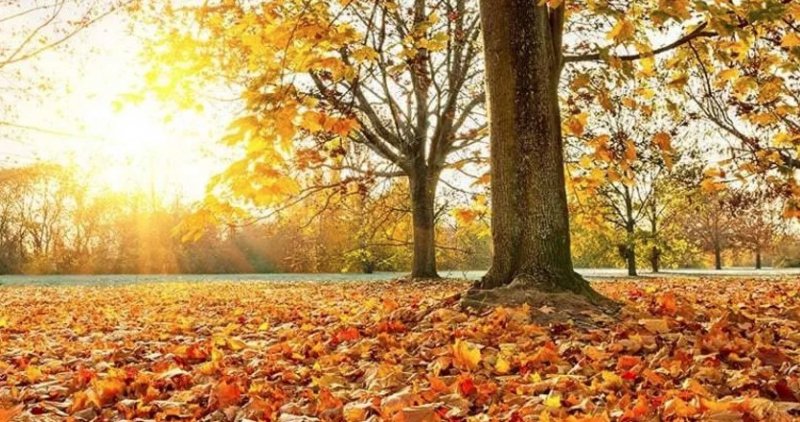City Code Notes - Separate Your Leaves, Sticks, And Refuse
 Thursday, November 21st, 2024
Thursday, November 21st, 2024
From time to time, Dalton's Code Enforcement Unit highlights aspects of the City's Code of Ordinances that residents might not know about. Today, we're taking a look at yard clippings
It's that time of year again - leaf-raking season. City residents can have their yard debris collected at the curbside by Dalton's Public Works Department free of charge, but leaves should be separated from sticks and other yard waste or other rubbish for easier collection. It's not just considerate towards the workers coming to pick it up, but it's also the law in Dalton.
Section 94-28 of the City's Code of Ordinances deals with the collection of yard trimmings. The code sets a maximum volume of yard debris that can be collected at one time of two cubic yards, which is about the size of two standard pickup truck beds. Individual trimmings should not exceed 100 pounds in weight or eight feet in length. However, piles of leaves which can be collected using the City's leaf vacuum truck do not count towards this maximum total of size or weight. That in and of itself should be a good motivator to separate leaves from other trimmings. Because Public Works crews have to use separate vehicles to collect sticks and other lawn debris separately from leaves, it slows down their progress if they have to separate the piles. Section 94-28 (b) (10) states that lead piles should have no other garbage or refuse or debris such as sticks, tree limps, rocks, bricks, or concrete. Leaves shall be placed in neat piles or bagged.
So, now that we know sticks, limbs, and other yard debris must be kept separate from piles of leaves, what about the sticks and limbs themselves? 94-28 (b) (7) states that they should be piled neatly so that the ends are laid parallel to the curb. That way, they can be more easily collected by Public Works trucks.
City ordinance also specifies where to place yard debris for collection. Section 94-28 (b) (7) states sticks, limbs, and also leaf piles should be placed upon residential property immediately behind the sidewalk, not blocking the sidewalk. If there is no sidewalk, they should be placed behind the curb or off of the pavement. Yard debris must not be placed upon and City street, sidewalk, alley, and right-of-way and should not be placed in the path of pedestrians or vehicles. Not only does this create a hazard, but leaves and other debris can also clog storm drains.
Finally, bulky item refuse such as furniture, mattresses, etc. can be left at the curb side but they should not be mixed in with yard trimmings or yard debris. Section 94-77 provides for fines for placing yard trimmings mixed with refuse items.
For more information about policies for garbage, recycling, yard debris, and refuse collection, click here to visit the Public Works Department's Garbage Policy page.
